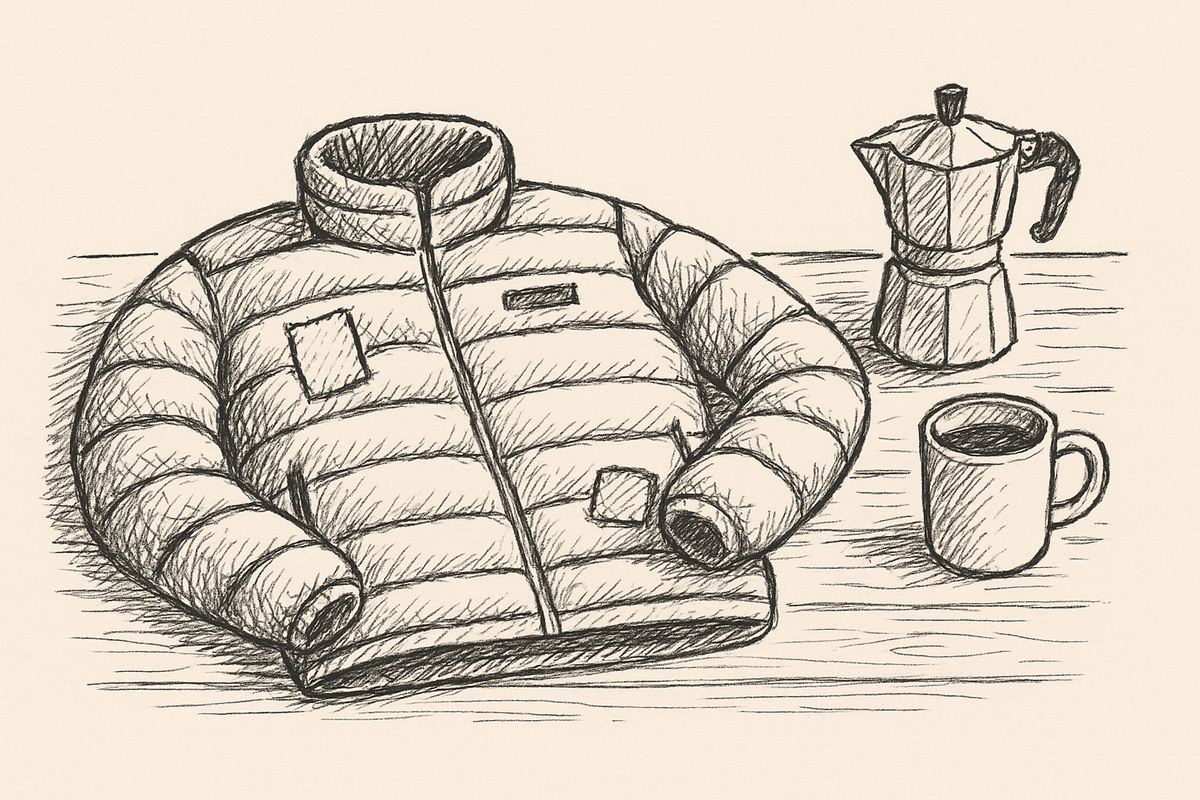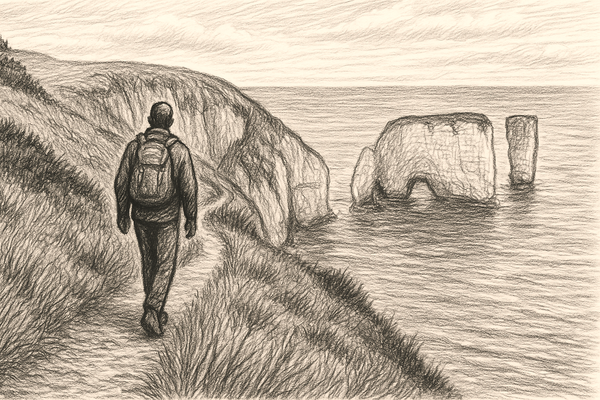The resale revolution: how repair and reuse became a brand advantage

For decades the retail model was simple. Sell as much as possible, as often as possible. Growth was measured in units, not longevity. But that mindset is shifting. Repair and resale, once seen as niche or even old-fashioned, are moving into the mainstream. And outdoor brands were the first to see the opportunity.
A jacket with a second life
A friend of mine recently bought a Patagonia jacket from their Worn Wear platform. It wasn’t new. The colour was slightly faded and the zip had been repaired. But it cost less than buying new, came with the same guarantee of quality, and even had a story tag inside noting who had worn it before.
He told me it felt more meaningful than ordering something brand new. Instead of another anonymous transaction, it felt like becoming part of a chain. The jacket had been on adventures before, and now it was his turn to add to that story.
That small anecdote captures the appeal of resale and repair. It isn’t just about saving money or reducing waste. It is about creating connection, trust and a sense that products can carry more than their price tag.
From waste to value
The outdoor industry has always been close to the reality of resources. When your customers spend their time in nature, the impact of waste is hard to ignore. Brands like Patagonia were early to question the logic of endless consumption. Their famous “Don’t Buy This Jacket” campaign was not a gimmick. It was a direct challenge to consumer culture and a signal of a new way to build loyalty: encourage people to buy less, buy better and keep products in use for longer.
What seemed radical a decade ago now feels inevitable. Resale and repair are no longer fringe experiments. They are becoming mainstream strategies. Brands are realising that extending the life of a product doesn’t erode business value. It can create it.
Outdoor pioneers
Patagonia’s Worn Wear was the pioneer. By repairing gear, reselling used items and celebrating the stories behind them, they turned second-hand into a premium experience. Customers don’t just buy a jacket; they buy into a culture of responsibility and care.
Arc’teryx followed with ReGear, offering repaired and resold pieces alongside new stock. The message is simple: durability is not a one-off promise, it’s a long-term relationship.
In the UK, Finisterre has built repair into its DNA. Founder Tom Kay, a cold-water surfer, always talked about making kit that lasts. Today their repair service is central to how they talk about value. Every zip fixed or seam stitched builds deeper trust and loyalty.
Why repair and resale work
There are clear reasons why resale and repair have moved from being side projects to becoming brand advantages.
First, they align with consumer values. People want to feel that their purchases reflect care for the planet. Buying used or repaired gear makes that visible.
Second, they build community. Repair events, swap shops and storytelling around used products create shared meaning. People feel part of something bigger than the transaction.
Third, they extend lifetime value. Rather than losing customers to eBay, Vinted or Depop, brands can keep them inside their own ecosystem. A repaired jacket often leads to another purchase. A resale programme can spark a new relationship with a first-time customer who might never have bought at full price.
Beyond the outdoor world
What started in outdoor brands is spreading fast. IKEA runs take-back schemes. Luxury fashion houses are investing in curated resale platforms. Electronics companies are experimenting with modular designs that make repair easier. Even Apple now talks about its refurbishment and trade-in programmes as a way to demonstrate sustainability.
There is also a cultural layer to this. Repair and reuse tap into the same appetite for slowness and tactility that has driven the resurgence of vinyl, paper journals and film photography. In a world of fast everything, holding onto something and keeping it alive feels more meaningful.
The business case
Resale and repair are not just about sustainability. They are about brand trust, loyalty and differentiation. They give consumers a reason to stay engaged long after the first purchase. And in a crowded market, that matters.
Outdoor brands understood this first because their customers demanded it. But the logic now extends to almost every sector. If your business model only works by selling more, faster, you are exposed. If you can find value in repair and reuse, you are building resilience.
The opportunity ahead
The resale revolution is only just beginning. For brands, the opportunity is to move beyond the idea of “new is best” and to build strategies where longevity itself becomes a selling point.
The future will not belong to the businesses that sell the most the fastest. It will belong to those that can create lasting value. Where every repair tells a story. Where every reuse strengthens the bond between brand and customer.
Less, in the end, really can mean more.
Further resources
- Patagonia Worn Wear – Patagonia’s platform for buying used gear, trading in worn pieces and getting repairs done
- Arc’teryx ReGear – Buy, sell and repair used Arc’teryx clothing and gear
- Finisterre Repairs – UK-based repair service that fixes everything from wetsuits to jackets
- IKEA Buy Back & Resell – IKEA’s programme for reselling unwanted furniture
- The North Face Renewed – Refurbished gear cleaned and repaired by The North Face
- Depop – A global resale platform popular with younger consumers
- ThredUp – One of the largest online resale marketplaces for clothing






